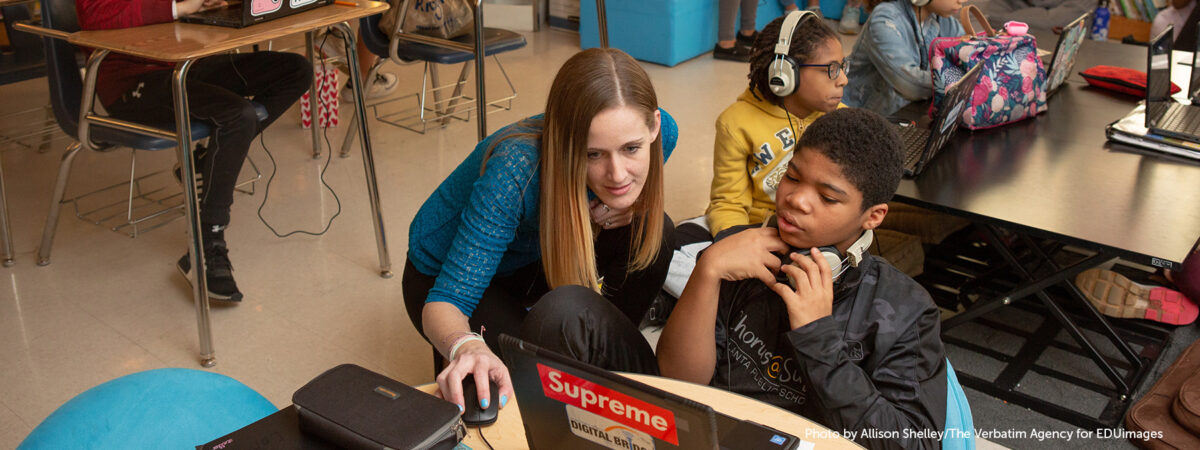
“I knew how to solve the problem… I just didn’t get to it in time.”
This is a familiar refrain from students with learning disabilities (LD) navigating timed assessments. But what if we could look beyond test scores to see how these students use their time?
In our newly published study in the Journal of Learning Disabilities, we analyzed process data from the National Assessment of Educational Progress (NAEP) to uncover patterns in how students with LD approach digital math tests. We found that extended time accommodations help some students—but not all—depending on these patterns.
We identified four distinct patterns in how eighth-grade students with LD navigated the NAEP digital math assessment:
These patterns appeared in both groups—students with and without extended time accommodations—but their prevalence and time-use behavior differed. Notably, Diligent Time Maximizers nearly doubled in the ETA group and, on average, spent 3.4 minutes more on the assessment, suggesting that some students genuinely benefit from having more time to demonstrate what they know. In contrast, Rapid Progressors and Initial Focusers showed little evidence of benefit: not only did their prevalence remain similar across conditions, but they also spent less time on the test when given extended time. These results suggest that extended time helps students who already work carefully and steadily—but isn’t enough for those who tend to rush or lose focus.
Our findings show that just giving students more time isn’t enough. Some students, such as Efficient Prioritizers, might not need it. Others, like Rapid Progressors or Initial Focusers, don’t know how to use it effectively. Students who would benefit most are those whose strategies align with effortful engagement, such as Diligent Time Maximizers.
For decades, debates about accommodations like extended time have focused on fairness and access. This study pushes the conversation forward: What if we could personalize accommodations based on real behavioral evidence—like how a student actually uses their time?
Practitioners, designers, and developers can incorporate strategies and supports that help learners make the most of their time.
By better understanding how students engage with assessments—not just how they perform—we can design tools and policies that are more inclusive, more effective, and more equitable.
Read the full paper: Exploring Time-Use Profiles in Digital Mathematics Assessments for Students With Learning Disabilities